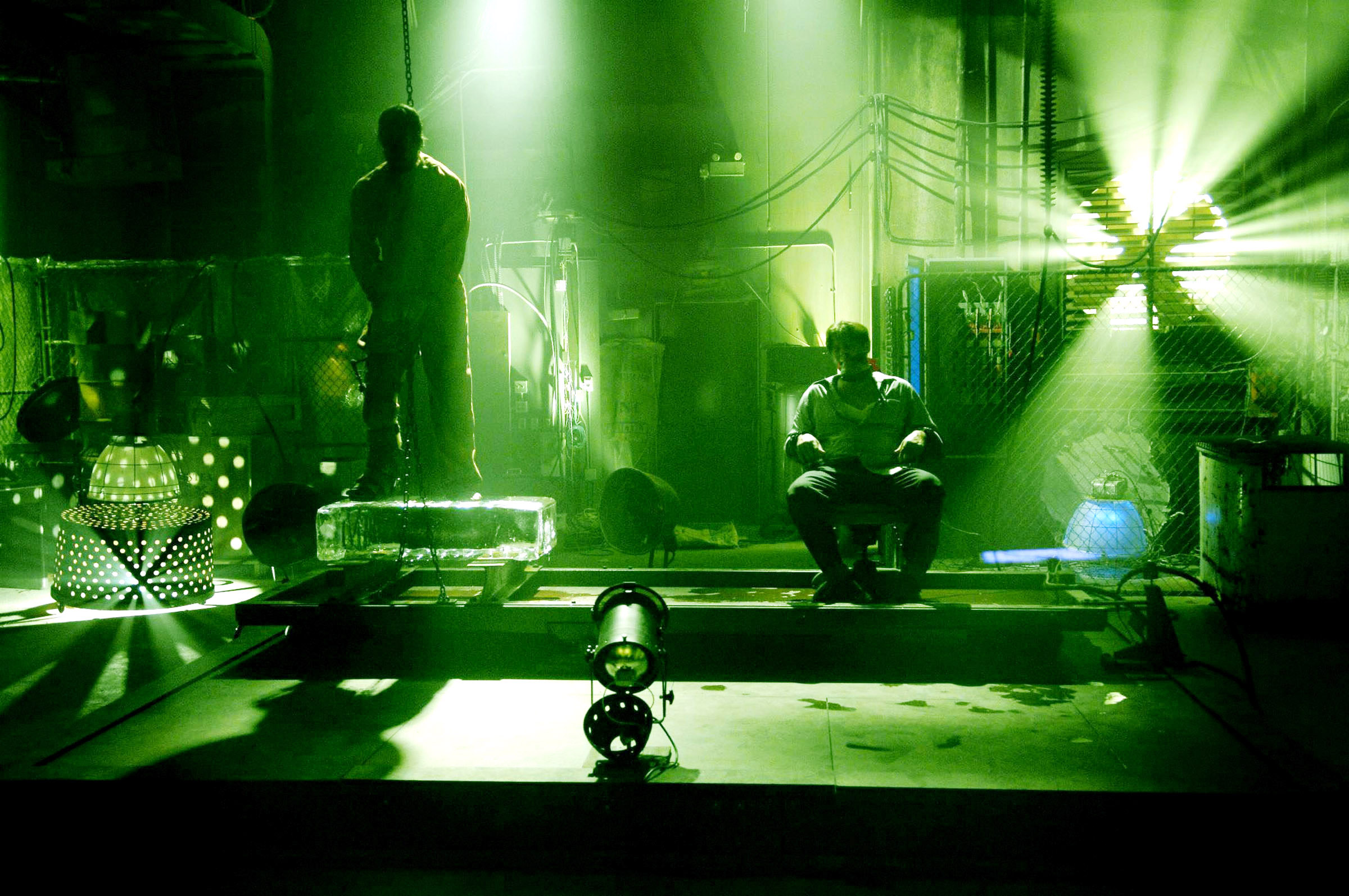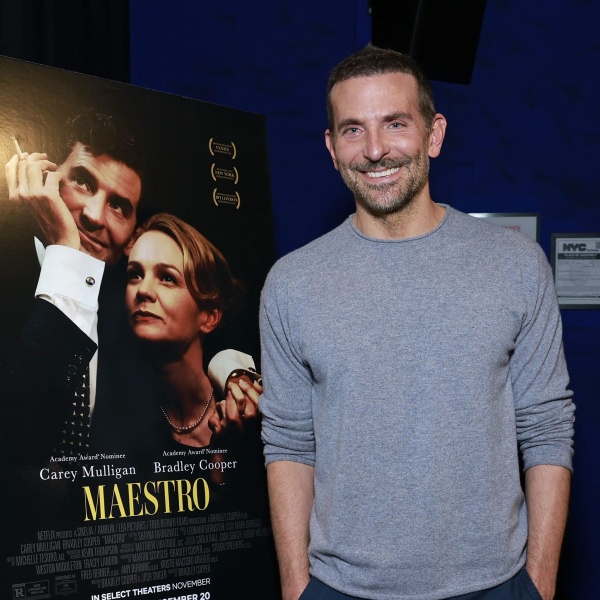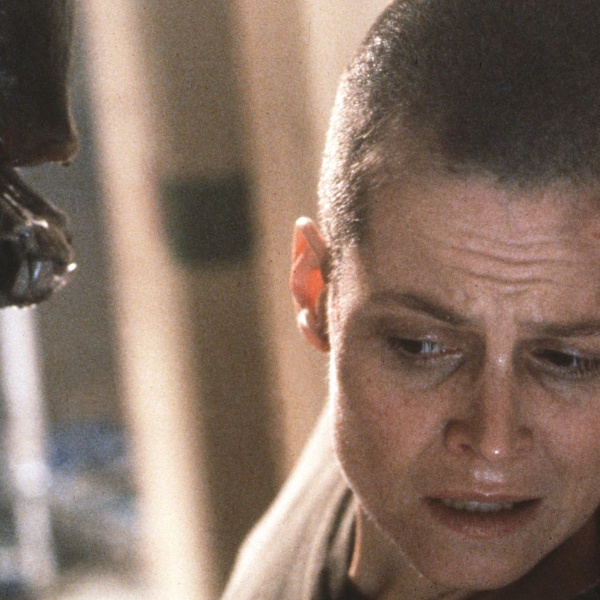Say the word “shocking” in relation to the “Saw” franchise and your first mental image is probably one of the elaborate killing machines created by homicidal mastermind John “Jigsaw” Kramer, but the appeal — and shock value — of the movies goes far beyond their graphic death scenes.
The reason “Saw” has endured, with nine sequels and counting, is that it integrates those death scenes into a highly original and sophisticated structure in which each movie combines familiar elements of police procedurals and crime stories with a timeline that becomes increasingly complicated. The components of the films — a brilliant serial killer, investigative storylines that would feel at home on any episode of “Criminal Minds,” characters forced to reckon with their sins — are comforting in their familiarity, but the filmmakers undermine that comfort with both the psychic trauma generated by the gruesome deaths and sudden reveals.
Nearly every “Saw” movie has at least one twist that drastically alters our perception of everything that came before, not just in each individual film but in the preceding ones. In honor of the impending release of “Saw X,” IndieWire counts down the most shocking surprises of the films thus far, starting with director James Wan‘s groundbreaking original — those unfamiliar with the mythology should be warned, spoilers are plentiful. So as Jigsaw himself would say: “Let the games begin!”
-
“Saw” (2004)

Image Credit: ©Lions Gate/Courtesy Everett Collection “Saw” opens with two men (played by Cary Elwes and co-screenwriter Leigh Whannell) chained to pipes in a grungy industrial bathroom, having regained consciousness with no idea of how they got there — or who the dead body is on the floor. From there, the film jumps back and forth through time to tell the convoluted story of how and why John Kramer (Tobin Bell) abducted them, with detours into the life of the police detective (Danny Glover) who believes Elwes’ doctor, not John Kramer, is the notorious “Jigsaw.” There are a lot of surprises as the tale unfolds, but the mother of them all is the final twist, when the body on the floor gets up and leaves, locking Leigh Whannell inside to die. The “corpse” was John Kramer himself, in what remains one of the biggest surprises in any “Saw” film.
-
“Saw II” (2005)

Image Credit: ©Lions Gate/Courtesy Everett Collection Interestingly, the script that would become “Saw II” did not begin as a “Saw” movie; it was a horror spec by Darren Lynn Bousman called “The Desperate” that found a new life when the massive success of “Saw” mandated a sequel. Bousman reconfigured his script and expanded upon the “Saw” formula, giving us a larger group of victims to play Jigsaw’s games and creating an ingenious police procedural in which hot-tempered cop Donnie Wahlberg interrogates John Kramer (whose games are already in motion) in an effort to find out where the captives are before they die. As usual, there are multiple twists in “Saw II,” and the one with the most lasting impact on the franchise is the revelation that Jigsaw has a partner, Amanda (Shawnee Smith). There’s an even better surprise though: The moment when the audience realizes that the video monitors Wahlberg has been watching the victims on are not live — everything has been pre-taped, meaning that his entire investigation has been too late.
-
“Saw III” (2006)

Image Credit: ©Lions Gate/Courtesy Everett Collection As is often the case with the “Saw” movies, one of the biggest twists in “Saw III” is telegraphed to the audience early on with a sly misdirect, presented in a mundane manner that keeps it from lingering in the mind. At the beginning of “Saw III” we see an argument between what we think is a married couple that is quickly forgotten as the film launches into another series of Jigsaw’s games, with the bulk of the film comprised of two parallel storylines: A vengeful father mourning the death of his son in a drunk driving test is put through a series of Jigsaw’s tests, and John Kramer himself lies dying of cancer as Amanda forces a doctor — the woman we saw in the domestic dispute — to keep him alive. The twist, which is probably more startling in context, is that the doctor is the father’s wife and the mother of the son who was killed; the man we saw her with at the beginning of the movie was not her husband. The real shock in “Saw III,” however, is that the doctor is not able to keep Jigsaw alive — her husband slashes his throat, with the franchise killing off its primary villain only three movies into a 10-movie series!
-
“Saw IV” (2007)

Image Credit: ©Lions Gate/Courtesy Everett Collection As “Saw IV” begins, John Kramer is dead and the story seems to pick up where “Saw III” left off, with new “games” set in motion that Jigsaw planned before his demise. The fact that Jigsaw is dead does little to slow the franchise down; in fact, it motivates even more elaborate structural gymnastics than before. “Feast” screenwriters Marcus Dunstan and Patrick Melton establish a template here that propels the next several films in the series, telling parallel and intersecting storylines across multiple timelines — one of the biggest surprises comes when we realize how much of “Saw IV” actually takes place not before or after but at the same time as “Saw III.” But the truly great twist comes when we learn that Hoffman, a detective played by Costas Mandylor who entered the “Saw” mythology in “Saw III,” is not only the new killer working in collaboration with Amanda, but he’s been an unseen co-conspirator going back to the very beginning of the franchise. The way that Dunstan and Felton tie Hoffman into the previous entries is truly brilliant and establishes a trust between the filmmakers and audience that the series has yet to break; no matter how outlandish the twists, the writers never allow them to contradict what has come before, which makes each sequel an increasingly difficult challenge for the makers and an increasingly pleasing puzzle for the viewer.
-
“Saw V” (2008)

Image Credit: ©Lions Gate/Courtesy Everett Collection This is one of the most diabolically entertaining installments in the “Saw” franchise thanks to a cat-and-mouse game between Hoffman, who we now know is a killer, and Strahm (Scott Patterson), an FBI agent who is on to him. Their story is, as usual, balanced against several others that move the story forward and reveal new aspects of the mythology’s backstory, with Kramer’s ex-wife Jill (Betsy Russell) becoming a more prominent character and Strahm uncovering the reasons for Hoffman’s partnership with Jigsaw. Much of the film takes place alongside or even in between other movies in terms of chronology, making it one of the most experimental of the “Saw” films — if this were in French and had subtitles it would be studied in every film school alongside the most radical works of Jean-Luc Godard and Alain Resnais. Yet its most satisfying twist is its most traditional: Strahm gets to the end only to find out he has been manipulated into playing Hoffman’s game and ends up crushed to death with the knowledge that Hoffman framed him to look like Jigsaw’s inside man in law enforcement.
-
“Saw VI” (2009)

Image Credit: ©Lions Gate/Courtesy Everett Collection In all of the “Saw” movies one of the many criss-crossing plots is the “game” that Jigsaw sets up for his kidnapped victims. These usually follow fairly strict rules, and Jigsaw plays fair with his victims when it comes to his promises (when someone is killed even after meeting the challenge, it’s a hint that someone other than Jigsaw is behind that particular trap). “Saw VI” plays as fair as the previous films, but it manages to trick the audience into misunderstanding just whose game it is — the big surprise comes at the end when we realize that the challenge wasn’t for the predatory health insurance agent and his colleagues who have been running the gauntlet of the killer’s challenges, but for the wife of a man who died as a result of the insurance company’s callousness. When the insurance agent makes it to the end of the traps, we (and he) think he’s free, but the revelation that he’s just been set up to be the moral choice in another player’s game leads to a nasty final shock.
-
“Saw 3D: The Final Chapter” (2010)

Image Credit: ©Lions Gate/Courtesy Everett Collection Released as “Saw 3D” but now better known by its amusingly inaccurate “final chapter” title, this “Saw” has perhaps the greatest of all the series’ twists. Ever since the first movie, viewers have argued over the fate of Cary Elwes’ Dr. Gordon. Did he escape? Elwes returns for the first time since the original “Saw” and not only answers the question — yes, he survived — but turns out to have been yet another of Jigsaw’s conspirators alongside Amanda and Hoffman. In the last few minutes of “Saw: The Final Chapter,” we learn that, after Dr. Gordon survived his ordeal, he became Kramer’s apprentice and has been a player behind the scenes throughout the subsequent six films! The suspension of disbelief required to believe that not one but two of Jigsaw’s victims would collaborate with him is considerable but canceled out by the sheer delight that the twist inspires.
-
“Jigsaw” (2017)

Image Credit: ©Lions Gate/courtesy Everett Collecti / Everett Collection After coming out at a rate of one a year for seven years, the “Saw” movies took a seven-year break before returning with this reboot, which revealed what initially seemed like the biggest twist yet when it showed John Kramer still alive, putting people through yet another game. Yet the clever conceit of new writers Josh Stolberg and Peter Goldfinger, who would go on to write the next two installments in the series, comes with the twist that follows: in fact, John Kramer is not still alive, and everything we’ve been watching with him is a flashback cleverly integrated into a present-day story in which (again!) one of Kramer’s earlier victims is now the killer. While this plot device was starting to stale, the writers redeemed it with audacious variations on the structure that are incredibly fun to dissect after the film is over.
-
“Spiral” (2021)

Image Credit: Lionsgate When Chris Rock decided that he wanted to branch out into the horror genre, he convinced Lionsgate to take a chance on a “Saw” spinoff that would bring his brand of comedy to the franchise. Yet “Spiral” is no parody — it’s actually a reverential tribute to the previous films, complete with the return of Darren Lynn Bousman in the director’s chair. The comedy, which comes largely in the form of Rock’s banter with his father (Samuel L. Jackson) and partner (Max Minghella), is seamlessly integrated into a genuinely frightening and typically gory story of a Jigsaw imitator killing corrupt cops and, like all of the “Saw” films, ends with a delicious twist: The killer is Rock’s own partner, who he (and we) thought was murdered halfway through the movie. The final montage set to Charlie Clouser’s now iconic “Saw” theme shows both Rock and the audience just how many clues they missed throughout the movie and reveals the impeccable construction of Stolberg and Goldfinger’s script.







